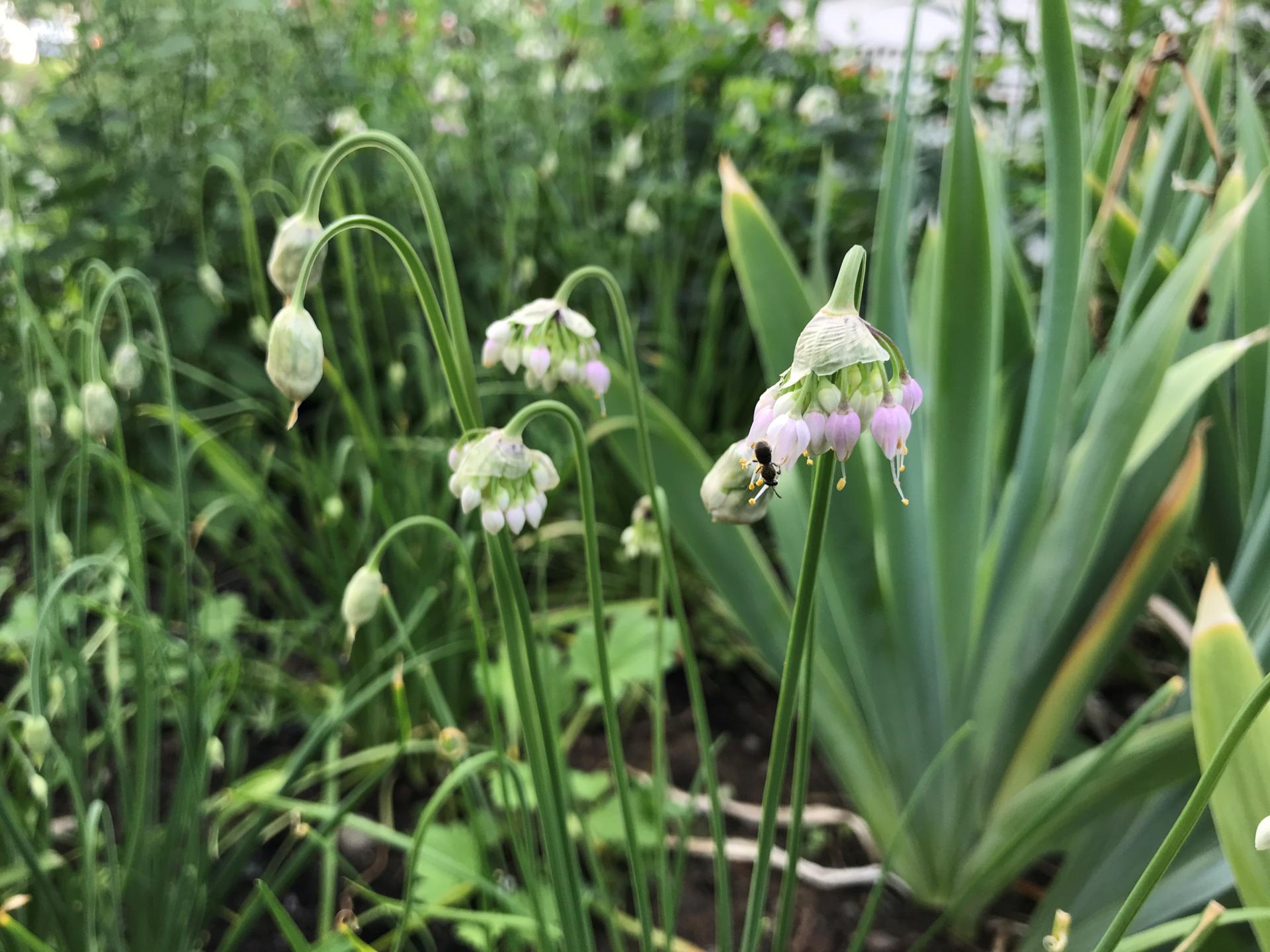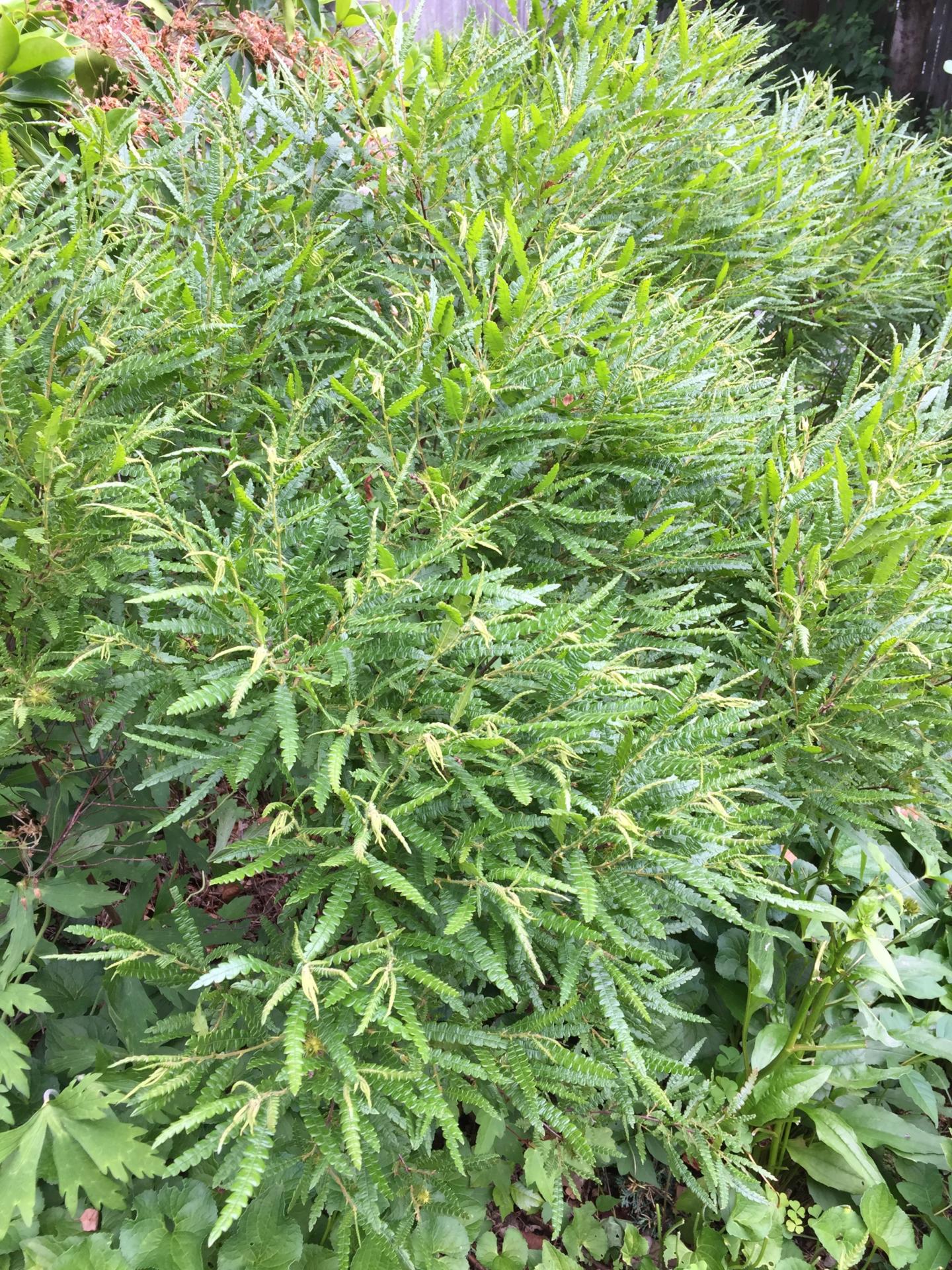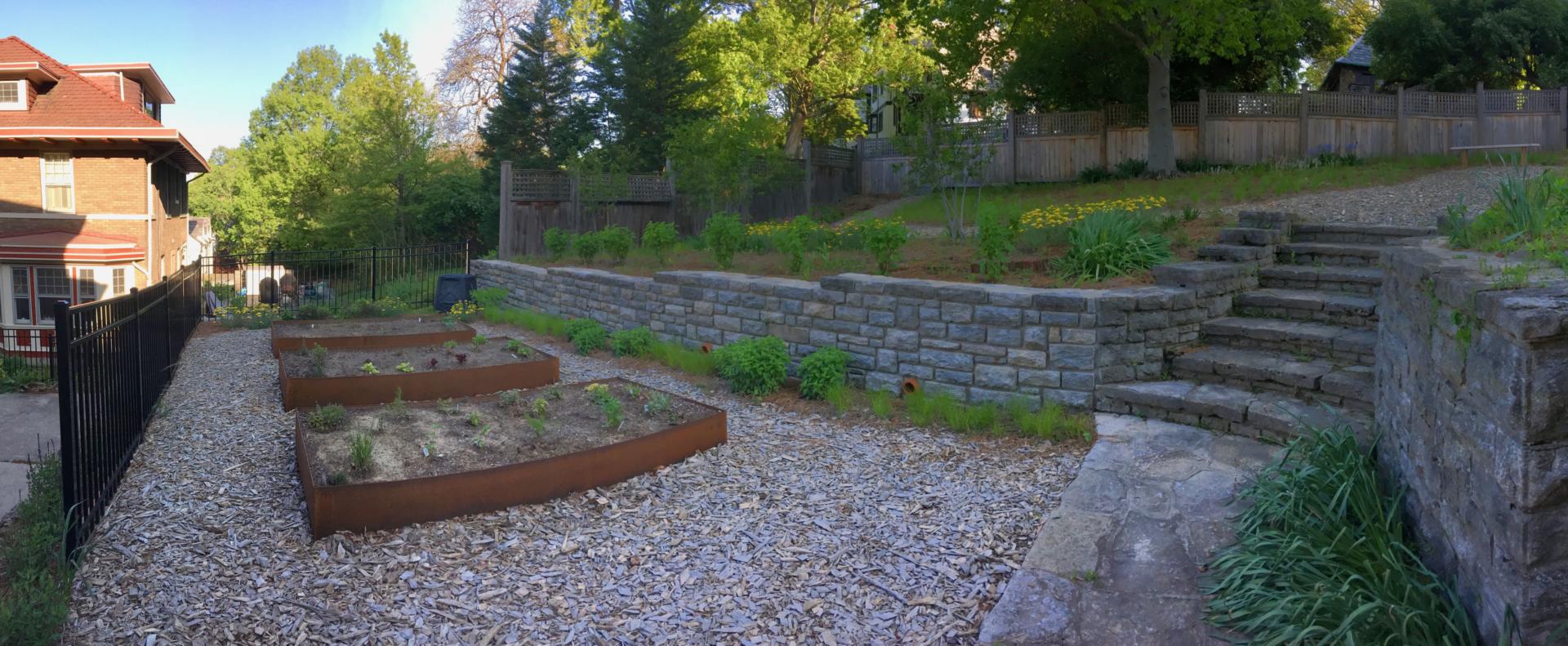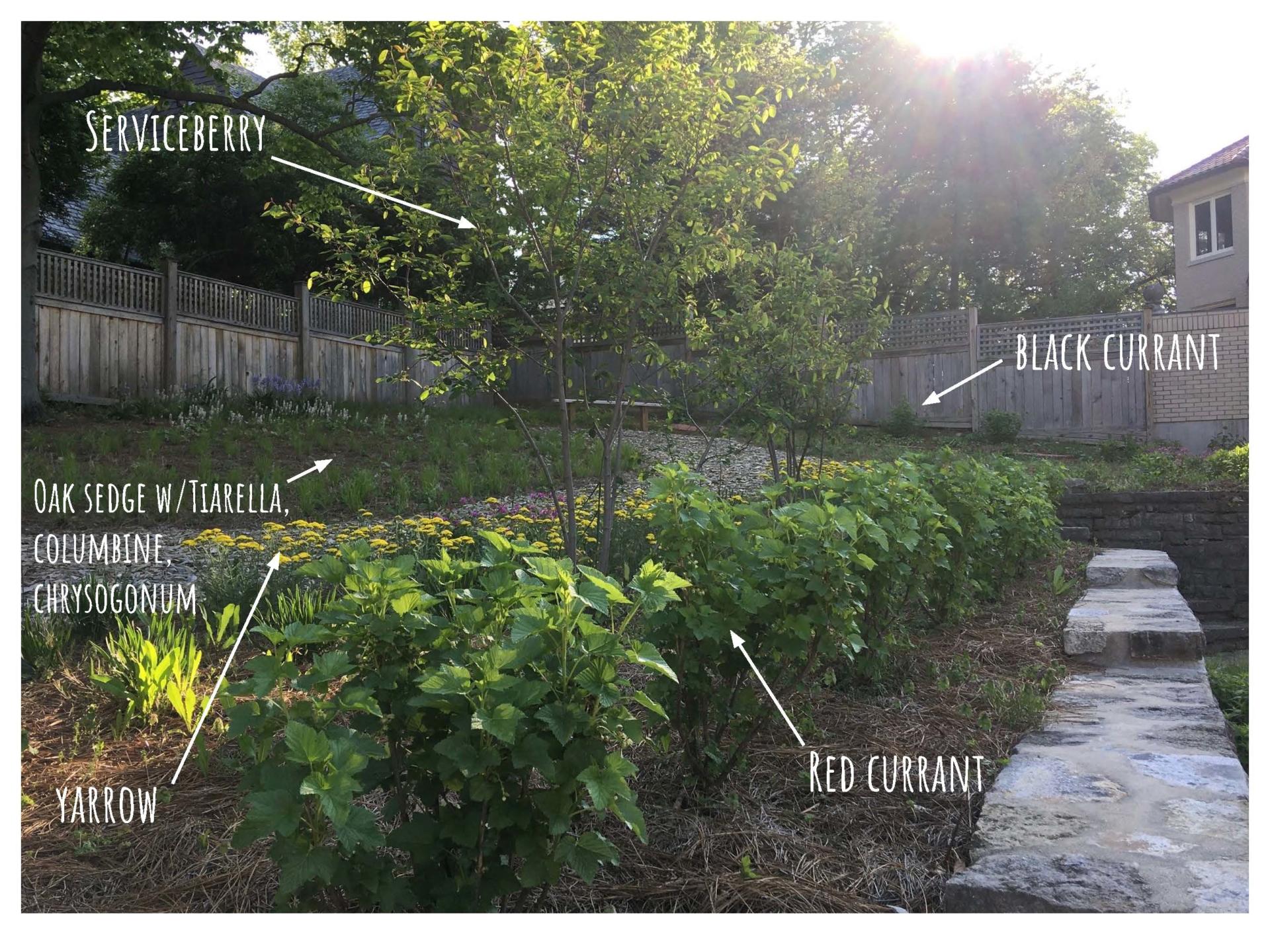Surrounded by uncertainty, more people are thinking about how their landscapes can provide food. Lawns are yielding to vegetable gardens, and suppliers of chicks have struggled to keep up with demand. For those who don’t want to take on the responsibility of a new garden or chickens, we asked a couple of ELA members to share their favorite edible plants for the landscape.
Contributors:
John F. Hemmerle, Owner/Designer at Our Land Organics, Cincinnati, Ohio
Rie Macchiarolo, Ecological Field Technician at Parterre Ecological, Cambridge, MA
Is there any one edible plant that you try to include in every landscape?
John: The serviceberry. In particular, we use Amelanchier×grandiflora ‘Autumn Brilliance’ in many of our designs. It has an open airy structure with its multi stemmed habit that creates a unique form in the landscape. It’s not too dense if pruned annually and if you keep up with the suckers. It’s low maintenance, disease resistant, and provides a bumper crop of delicious berries in June.
Rie: To make it to my favorite plant list, the plant has to serve multiple functions in the landscape with extra weight given to if the plant is edible! One that I’d love to include in every project is Allium cernuum, Nodding Onion. It does well in full sun to partial shade, it’s drought tolerant, does well in urban environments and it’s great for pollinators. All parts of the plant are edible, and the flower is just one of my absolute favorites. The best landscape use is to plant this on a hillside with a view from below so that you can take in the full delight of the nodding onion.
Which edible plants do you rank highest for their design value?
John: Serviceberry, red currants, aronia, and pawpaws. Serviceberry for all the reasons mentioned above. Currants are a dense shrub, but their lighter leaves create a gentle presence. Aronia is also an open multi stemmed shrub and the low growing cultivars have really allowed for aronia to be incorporated into smaller yards as a groundcover. Pawpaws are great for forest edge placement along back yard woodlines, but can really thrive in full sun. They have a unique cascading branch/leaf structure and if you want to push landscape norms they can even be used as a specimen in the landscape.
On the annual vegetable side, kale and sweet potatoes form some beautiful temporary annual vegetable displays in raised beds.
 Rie: Blueberries are great because they deliver both the delicious fruit (if you plant enough to share with the other critters!), they have a great fall color, and they are widely known and therefore easy to talk about with clients. That being said, I think that Comptonia peregrina, or Sweet Fern, is one of the most spectacular shrubs. The texture and smell of its leaves are like no other, and with a bit of honey, they make a good tea.
Rie: Blueberries are great because they deliver both the delicious fruit (if you plant enough to share with the other critters!), they have a great fall color, and they are widely known and therefore easy to talk about with clients. That being said, I think that Comptonia peregrina, or Sweet Fern, is one of the most spectacular shrubs. The texture and smell of its leaves are like no other, and with a bit of honey, they make a good tea.
Can you share a favorite design incorporating edible plants? What makes this a favorite?
John: This recent install is a favorite as it combines an annual vegetable garden along with pollinator support and an edible perennial upper terrace. It’s also a favorite because of the shape the land was in before we began the project; it was rough. Lots of invasive and annual weed pressure had taken hold over a number of years. Now the clients can enjoy their backyard and eat some of it too. The red currants along the terrace wall will be harvestable from the lower terrace. The vegetable garden is just outside their back kitchen door, and the upper terrace has multiple destinations including a bench overlooking the whole backyard and the multiple serviceberries that frame the path.

After installation, weep holes in front of the wall directs water into plantings of carex brevior, and Monarda didyma fills the spaces between.
***
Each author appearing herein retains original copyright. Right to reproduce or disseminate all material herein, including to Columbia University Library’s CAUSEWAY Project, is otherwise reserved by ELA. Please contact ELA for permission to reprint.
Mention of products is not intended to constitute endorsement. Opinions expressed in this newsletter article do not necessarily represent those of ELA’s directors, staff, or members.



